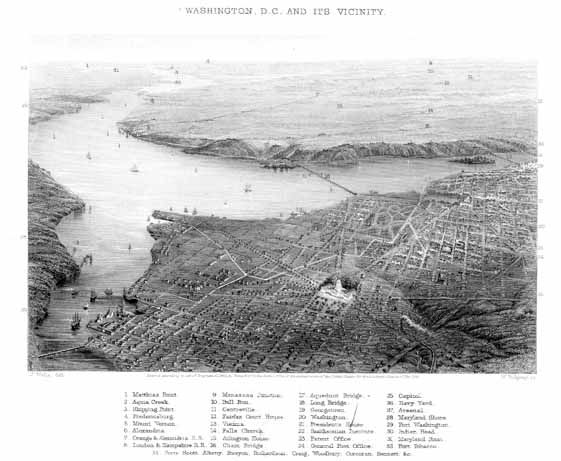Baptists in the United States capital are affected by the war. Washington D.C. itself has experienced much change in the past year and-a-half in the form of an influx of newcomers who came “to fill vacancies in the civil service and to meet the demands of the times.” In short, the new Lincoln administration and opportunities created by the war attracted new residents whose political ideology stood in contrast to that of previous administrations. The Baptists of the city absorb these changes and witness a notable growth spurt, but not without friction.
Today, a sizable contingent of church members assembles at the home of C. S. Butts, a respected deacon of the E Street Baptist Church congregation. A few members of other Baptist churches in the city join the meeting at 365 Massachusetts Avenue. Those present are ready for action, and (as is later recorded),
after a free and full discussion, agreed to form themselves into a Baptist Church, and adjourned to meet on the 2nd of June for that purpose.
On that day, several brethren and sisters, members of different Baptist churches, met pursuant to adjournment and constituted a church, under the name of the “Sixth Baptist Church of Washington,’ adopting the views of doctrine expressed in what are known as the ‘New Hampshire Articles of Faith.”
In the weeks and months ahead, the new congregation passes bylaws and prepares to begin worship services. The Calvary Baptist Church is formally established on September 24, 1862, in the F. Street Presbyterian Church. In 1863 Thomas R. Howlett is called as the church’s first pastor and a Sunday School is organized. The following year Calvary Baptist lays the cornerstone of the congregation’s first meeting house, completing the building in the months following the end of the Civil War.
The congregation exists to this day.
Sources: William A. Wilbur, Chronicles of Calvary Baptist Church in the City of Washington, Washington: Judd & Detweiler, 1914, pp. 7-27 (link); map (link)



